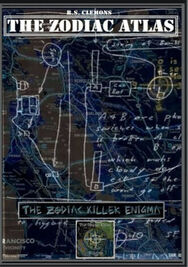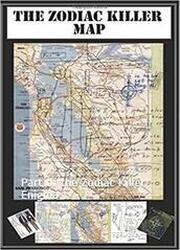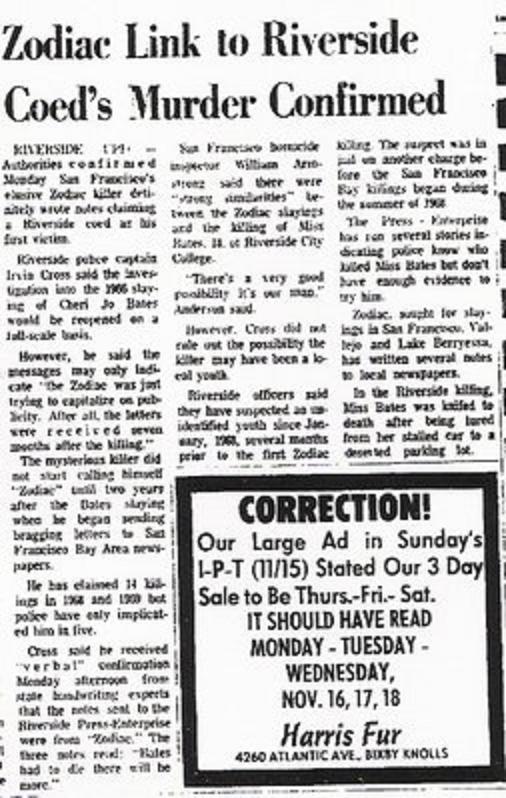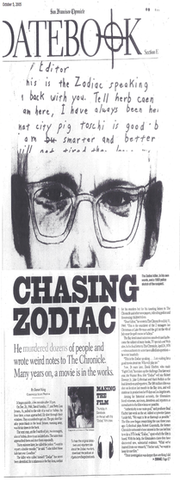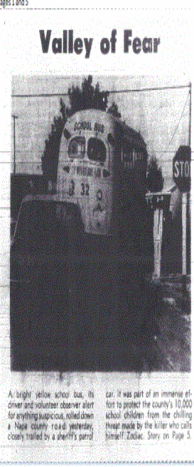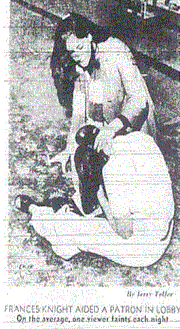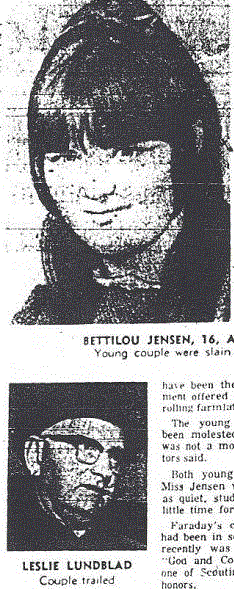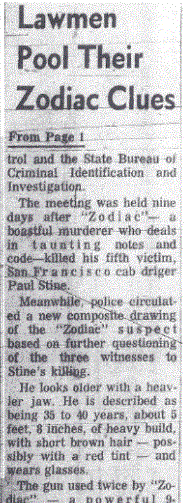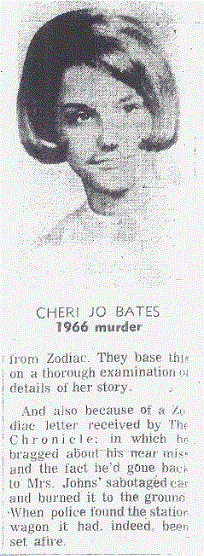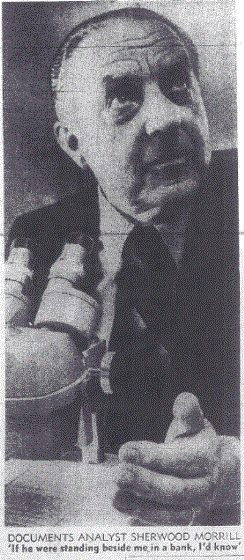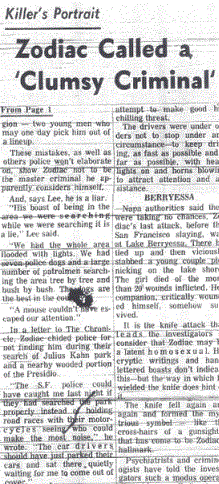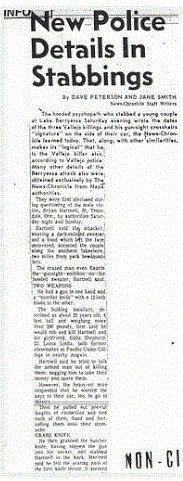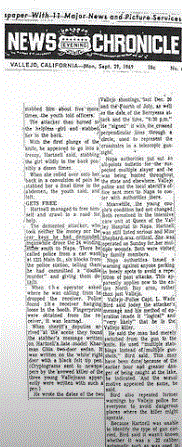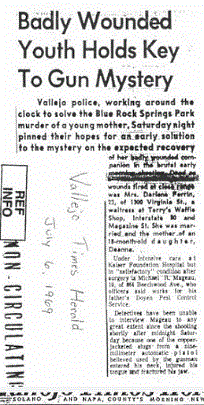
After their arrival at the coastline, presumed to be sometime in the afternoon hours, the young couple were mercilessly gunned down by a fusillade of shots to the back as they attempted to escape from the beach and their attacker, ending up a distance of about 75 feet north from where the shooter initially began firing, before the callous killer approached the couple where they lay and fired the remaining shots from close range (apparently leaving gunshot residue on the victims).
Based upon the shell casing distribution, detectives stated that the "assassin fired from about 25 yards away (75 feet), then moved in". How far the couple were from the shooter when he started firing is unknown, but according to investigators it appeared that Robert and Linda had ran 25 yards from the initial point of contact before collapsing to the ground. According to newspaper reports on June 11th 1963, detectives found 15 empty .22 brass casings toward the mouth of the creek approximately 20 feet from the ocean, ejected from what they believed was a fast-firing automatic weapon. It has been reported that in total 26 casings of Super X long rifle were recovered from the crime scene, which appears to contradict earlier claims by some newspapers of 20 casings found. A bobby pin (a type of hairpin) probably belonging to Linda Edwards was found in the deep creek waters. Coroner's autopsy surgeon, Dr. John P. Blanchard, stated that Robert Domingos was shot eleven times, while Linda Edwards was targeted eight times (with one bullet shattering her right leg). If we take the lesser total of 20 shell casings recovered from the crime scene according to several newspapers, it indicates that the shooter reloaded the weapon as they walked towards or stood over the stricken pair. Ejected casings were found strewn along the creek bed and gully close to a dilapidated shack.
 Sheriff James W. Webster investigated the murders
Sheriff James W. Webster investigated the murders Using the only information at our disposal we can piece together an approximate retelling of events that afternoon using the statements of "assassin fired from about 25 yards away (75 feet), then moved in", "detectives found 15 empty .22 brass casings toward the mouth of the creek approximately 20 feet from the ocean" and "the bodies were dragged 30 feet to the shack". In the image below I have placed these measurements onto the topography of Canada Del Molino. If the lower estimate of 20 shots were fired that day and 15 empty casings were found toward the mouth of the creek, then this leaves 5 shots remaining to be fired at the victims from close range as they lay on the ground (which one could assume all hit their target). Based on the reports of Robert receiving 11 gunshot wounds and Linda 8 or 9, it would mean the shooter achieved 100% accuracy (or missed just once) as the couple ran from the shooter to the position they fell. If 26 shots were fired that day (15 from distance as they ran), this would leave 11 shots remaining to be fired at the victims from close range. This would mean the shooter achieved 73% to 77% accuracy throughout. Assuming he managed to hit the victims 11 times out of 11 from close range, it would indicate that from his first 15 shots he only managed to hit Robert and Linda 8 or 9 times (missing 6 or 7 times). This would make his accuracy over distance between 53% and 60%. We have newspaper reports claiming either 20 or 26/27 casings retrieved from the mouth of the creek and gully, so which information seems more credible when we consider the unfolding events at Canada Del Molino on June 4th 1963?
Six in depth articles examining the murders of Robert Domingos and Linda Edwards.
The Shack. The Rope. The Beach. The Ammo. Pistol or Rifle? The Final Analysis.





 RSS Feed
RSS Feed



